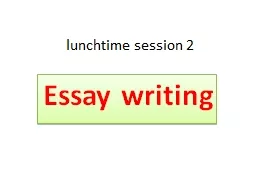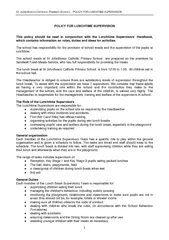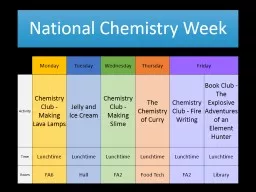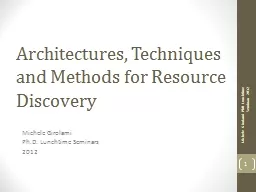PPT-lunchtime session 2 Essay writing Step 1 – Prep Know your exam papers inside out and
Author : stefany-barnette | Published Date : 2019-11-01
lunchtime session 2 Essay writing Step 1 Prep Know your exam papers inside out and upside down Unit 1 96 marks Answer all Qs A social influence 24 B memory 24
Presentation Embed Code
Download Presentation
Download Presentation The PPT/PDF document "lunchtime session 2 Essay writing Step 1..." is the property of its rightful owner. Permission is granted to download and print the materials on this website for personal, non-commercial use only, and to display it on your personal computer provided you do not modify the materials and that you retain all copyright notices contained in the materials. By downloading content from our website, you accept the terms of this agreement.
lunchtime session 2 Essay writing Step 1 – Prep Know your exam papers inside out and: Transcript
Download Rules Of Document
"lunchtime session 2 Essay writing Step 1 – Prep Know your exam papers inside out and"The content belongs to its owner. You may download and print it for personal use, without modification, and keep all copyright notices. By downloading, you agree to these terms.
Related Documents














